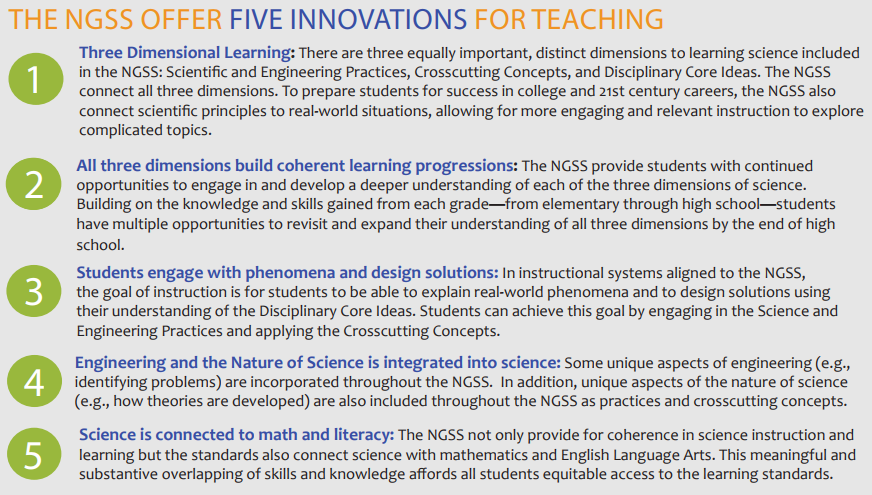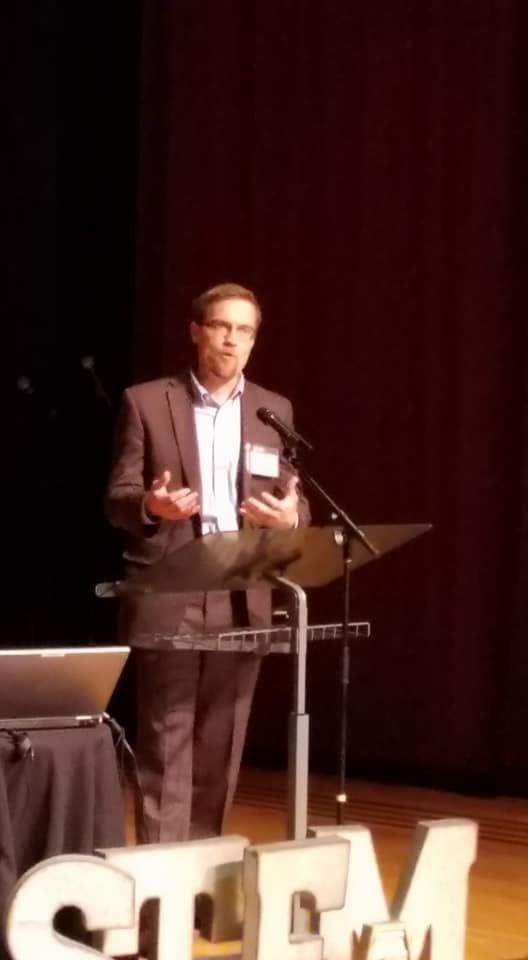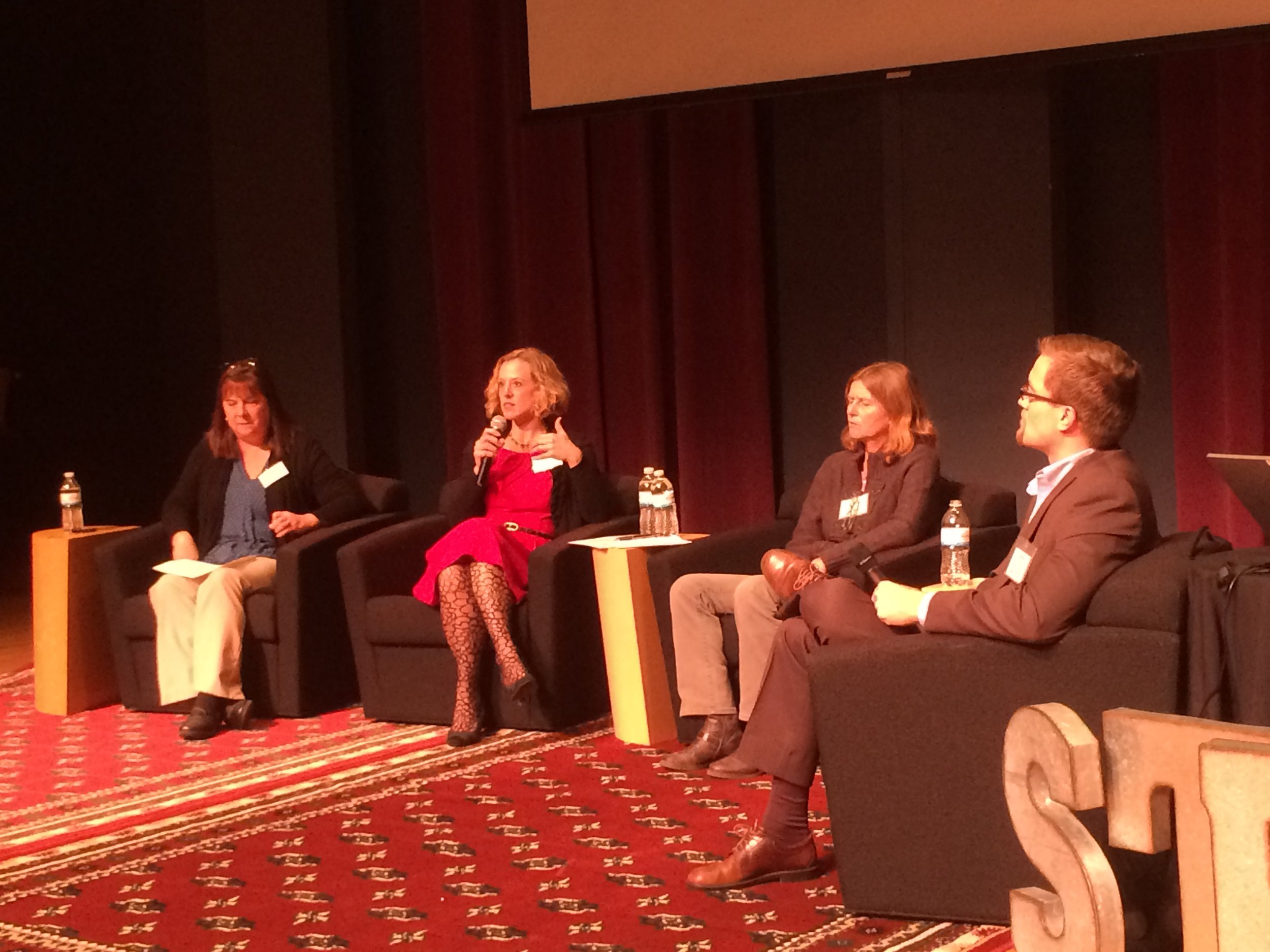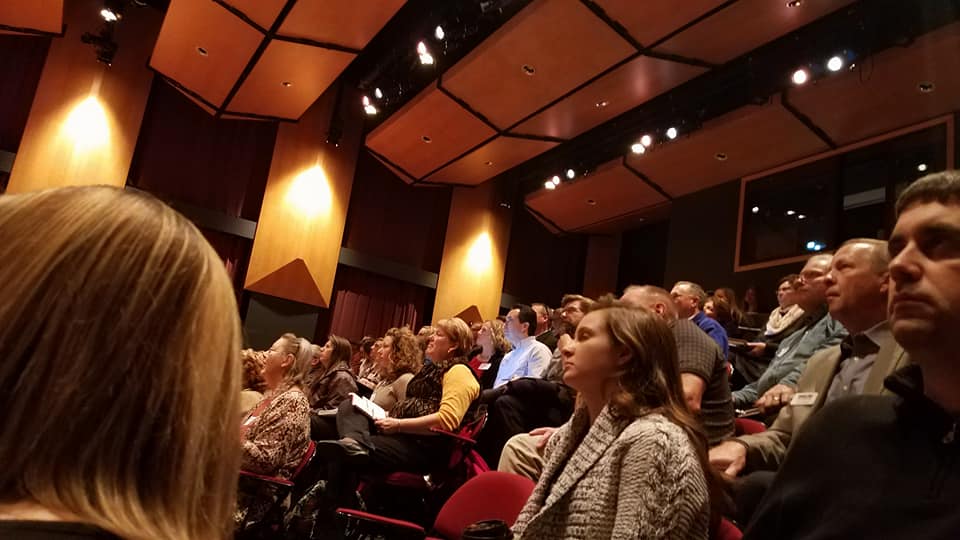Thankful for New Science Standards… but Now What?
In front of a room of 150 administrators, educators, and community STEM supporters, Kevin Anderson, Science Consultant for the Wisconsin Department of Public Instruction announced that Wisconsin is officially adopting new science standards based on the Next Generation Science Standards (NGSS). The group gathered at the Weidner Center at UW-Green Bay for the STEM Innovation Summit organized by the Einstein Project. The focus of the day was on helping districts promote excellence in their STEM initiatives. The standards announcement was a long time in coming for many who worked tirelessly to elevate science education within the state.
Many students across Wisconsin have already been introduced to the transformative power of the NGSS instructional shifts. Some school districts adopted these new standards on their own in absence of action at the state level. Many others have been using the three dimensions of these standards to guide planning of curriculum and their instruction. Most people involved in science education saw these new standards as a way to breathe life into a stagnate system. So what about them will change the game for the next generation of students competing for positions in a high tech world?
The NGSS and Wisconsin’s Science Standards offer five key innovations that serve as impetus for reimagining the teaching and learning of science. These innovations shown below must each be given thorough consideration by all school districts if they wish to live up to the intent of the standards writers. In the upcoming series of blogs, I will dig in to each of these innovations and offer strategies for districts to assist in a successful implementation. It will certainly take more thought and effort than previous efforts to align curriculum to new standards. Shuffling topics and filling in gaps are a mere slice of what needs to considered to transform science education. The true reform will only come when each teacher considers how they help students make sense out of the world in which we live. The most impactful shift needs to happen with teacher practice and how they engage students in learning.
Source: Achieve, Inc. 2016. NGSS Factsheet.
Available at: https://www.nextgenscience.org/sites/default/files/resource/files/NGSSFactSheet2016revised.pdf





